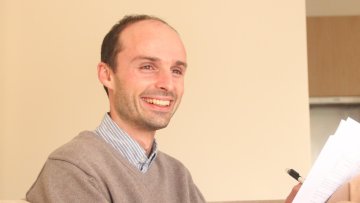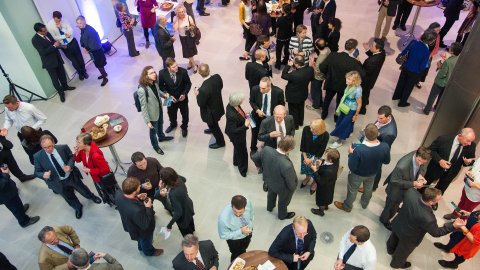CDT in Mathematics of Random Systems April Workshop 2022
Please contact @email for remote viewing details
Abstract
1:30pm Julian Meier, University of Oxford
Interacting-Particle Systems with Elastic Boundaries and Nonlinear SPDEs
We study interacting particle systems on the positive half-line. When we impose an elastic boundary at zero, the particle systems give rise to nonlinear SPDEs with irregular boundaries. We show existence and uniqueness of solutions to these equations. To deal with the nonlinearity we establish a probabilistic representation of solutions and regularity in L2.
2:15pm Dr Omer Karin, Imperial College London
Mathematical Principles of Biological Regulation
Modern research in the life sciences has developed remarkable methods to measure and manipulate biological systems. We now have detailed knowledge of the molecular interactions inside cells and the way cells communicate with each other. Yet many of the most fundamental questions (such as how do cells choose and maintain their identities? how is development coordinated? why do homeostatic processes fail in disease?) remain elusive, as addressing them requires a good understanding of complex dynamical processes. In this talk, I will present a mathematical approach for tackling these questions, which emphasises the role of control and of emergent properties. We will explore the application of this approach to various questions in biology and biomedicine, and highlight important future directions.



